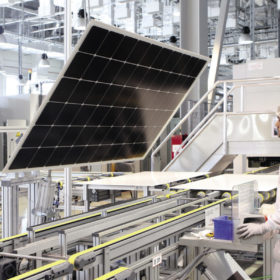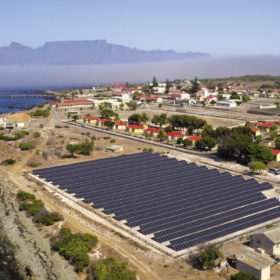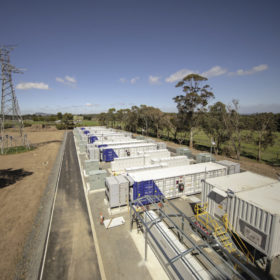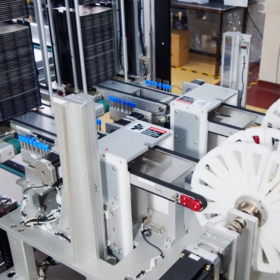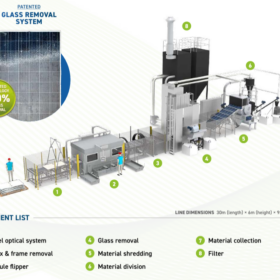Optimistic solar outlook dimmed by COVID-19 – Bridge To India
Developers are also expected to drag their heels over project completion during the first half of the year as the safeguarding duty applied to imported Chinese and Malaysian solar products is due to expire at the end of July.
India’s solar module imports from Thailand double in 9 months
While China continues to be the top solar module exporter to India, Thailand doubled its module exports to India from $55.05 million in 2018-19 to $110.39 million during the first nine months (April-December) of the current fiscal. Vietnam’s module exports to India also rose sharply from $91.97 million to $127.21 million.
India Ratings maintains stable outlook on solar sector for FY2020-21
Contracted revenue, minimal volume risk and moderate-to-strong counterparties mitigate cash flow concerns in solar assets.
Larsen & Toubro bags 50 MW solar project in Tamil Nadu
Following a 20 MW floating solar project in Uttar Pradesh last month, Larsen & Toubro has won an order to design and construct a 50 MW solar plant in Tamil Nadu.
Trade shows postponed over coronavirus fears
As the contagion continues to spread, its impact is beginning to be felt on the solar industry outside China with the cancellation or postponement of major trade shows and conferences that were set to take place over the next few weeks.
Rooftop solar leader Gujarat gets maximum central financial support for RE generation
With Rs 118.27 crore in the current financial till February 10, Gujarat is way ahead among all states and union territories in getting the central financial support for new and renewable energy generation.
Italian inverter maker confirms no ABB jobs will be lost in India
Fimer’s takeover of the inverter business of the Swiss conglomerate will not affect job numbers at ABB’s Indian production facilities, according to the new owner of the combined business.
Global energy storage market to surge to 15 GW by 2024
As the sector continues to grow rapidly, delays in manufacturing scale-ups, difficulties sourcing raw materials and a separate path taken by the electric vehicle sector could all chuck ‘sand in the gears’, according to analyst Wood Mackenzie.
USA: Government report says Trump’s solar tariff has accomplished little
The U.S. ITC has released a report highlighting changes in the domestic solar cell and module manufacturing industry, showing that while there has been an increase in domestic module manufacturing, the overall program’s success, relative to the $740 million in tariffs, has created little measurable benefit.
Solar projects reprieved as Indian government declares coronavirus a force majeure
Lobby group the National Solar Energy Federation of India says around 4 GW of solar plant capacity is likely to be affected by component shortages after the outbreak of the virus in China.

